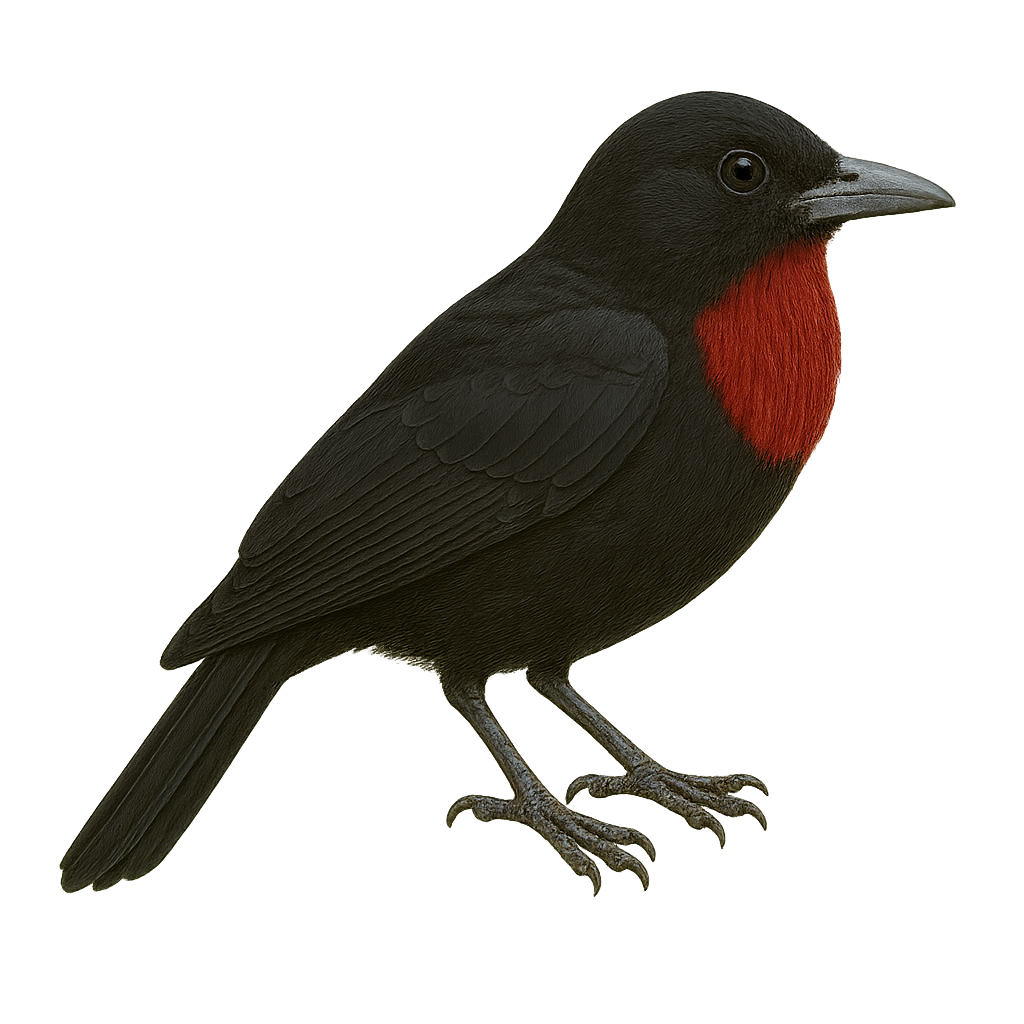Your wildlife photography guide.
Explore the purple-throated fruitcrow in detail, study its behavior, prepare your shots.
Where to observe and photograph the purple-throated fruitcrow in the wild
Learn where and when to spot the purple-throated fruitcrow in the wild, how to identify the species based on distinctive features, and what natural environments it inhabits. The WildlifePhotographer app offers tailored photography tips that reflect the purple-throated fruitcrow’s behavior, helping you capture better wildlife images. Explore the full species profile for key information including description, habitat, active periods, and approach techniques.
Purple-throated Fruitcrow
Scientific name: Querula purpurata

IUCN Status: Least Concern
Family: COTINGIDAE
Group: Birds
Sensitivity to human approach: Suspicious
Minimum approach distance: 10 m
Courtship display: March to April
Incubation: 20-22 jours
Hatchings: March to May
Habitat:
Tropical forests, rainforests, forest edges
Activity period :
Primarily active during the day, with peak activity in the morning and late afternoon.
Identification and description:
The Purple-throated Fruitcrow is a fascinating bird found in the tropical forests of Central and South America. It is distinguished by its glossy black plumage and striking purple throat, giving it a majestic appearance. This bird measures about 28 cm in length and primarily feeds on fruits, but it can also consume insects. The Purple-throated Fruitcrow lives in family groups and is often seen performing acrobatic flights through the canopy. It plays an important role in seed dispersal, aiding in forest regeneration. Although its habitat is threatened by deforestation, it is currently classified as Least Concern by the IUCN.
Recommended lens:
400mm – adjust based on distance, desired framing (portrait or habitat), and approach conditions.
Photography tips:
To photograph the Purple-throated Fruitcrow, it is advisable to use a 400mm lens or longer to capture detailed images without disturbing the bird. Look for areas where fruits are abundant, as these birds are often attracted to food sources. Be patient and discreet, as although they are suspicious, they can become accustomed to your presence if you remain still. Take advantage of times of day when natural light is soft to achieve vibrant color shots.
The WildlifePhotographer App is coming soon!
Be the first to explore the best nature spots, track rutting seasons, log your observations, and observe more wildlife.
Already 1 427 wildlife lovers subscribed worldwide

